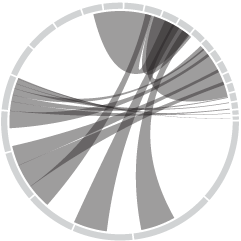Scientists at Harvard University setup the MEGA-plate, essentially a giant petri dish, with varying levels of antibiotic. Then they let the bacteria have a go, and you can see the bacteria actually evolve. Ed Yong for the Atlantic:
What you’re seeing in the movie is a vivid depiction of a very real problem. Disease-causing bacteria and other microbes are increasingly evolving to resist our drugs; by 2050, these impervious infections could potentially kill ten million people a year. The problem of drug-resistant infections is terrifying but also abstract; by their nature, microbes are invisible to the naked eye, and the process by which they defy our drugs is even harder to visualise.
Until you watch the video, that is.


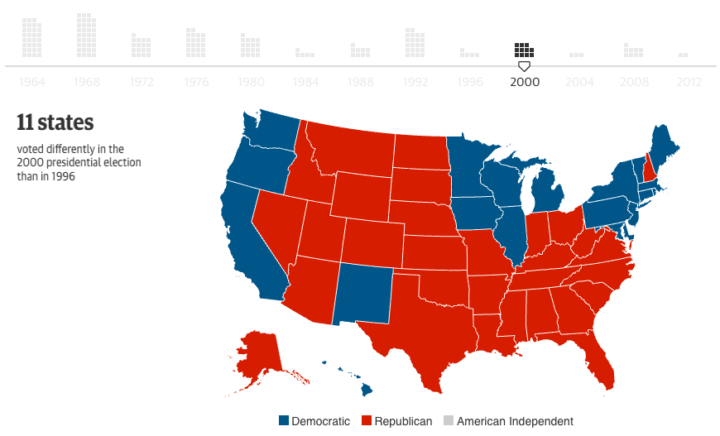
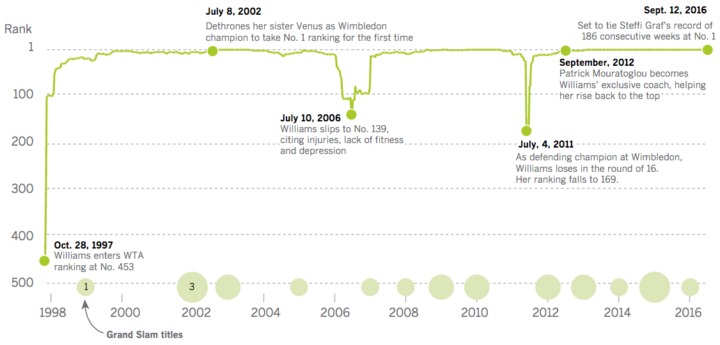
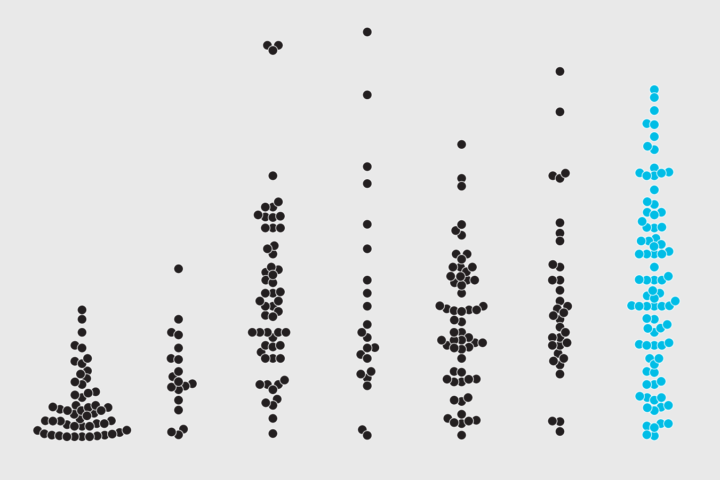
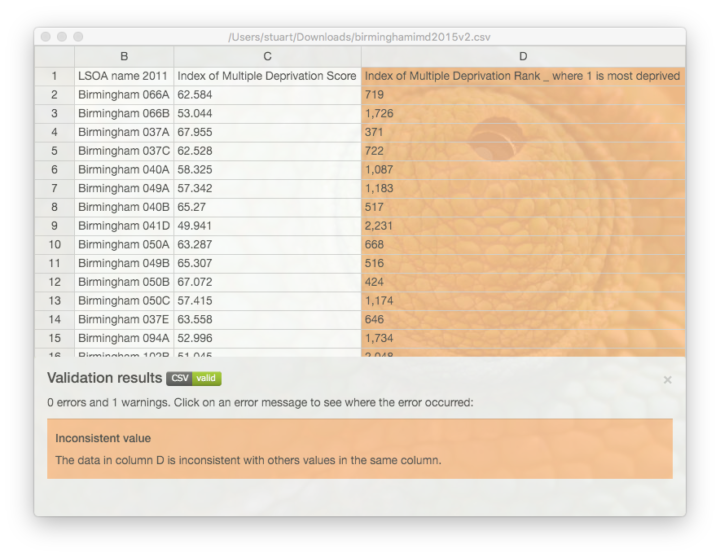
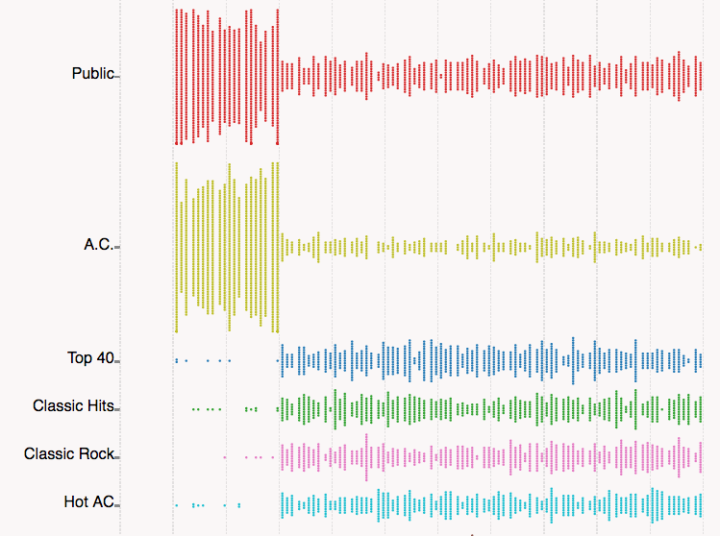
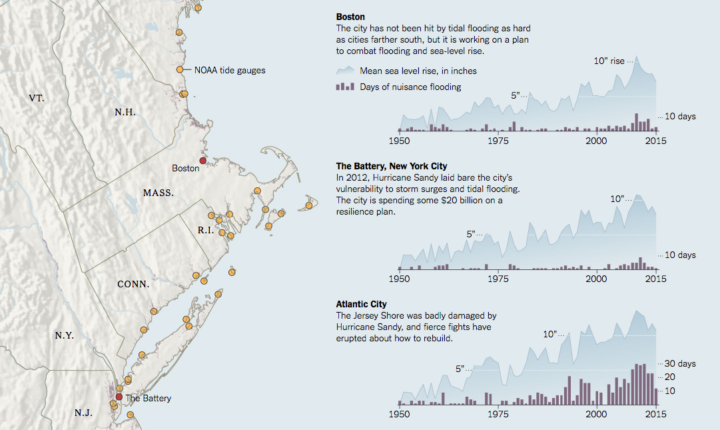

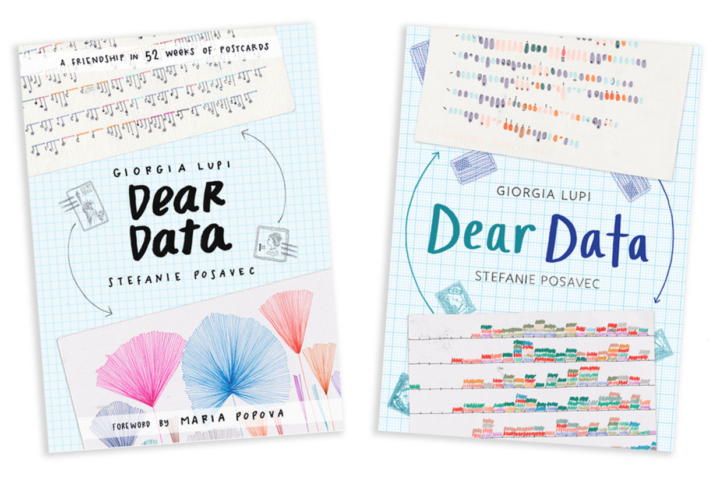
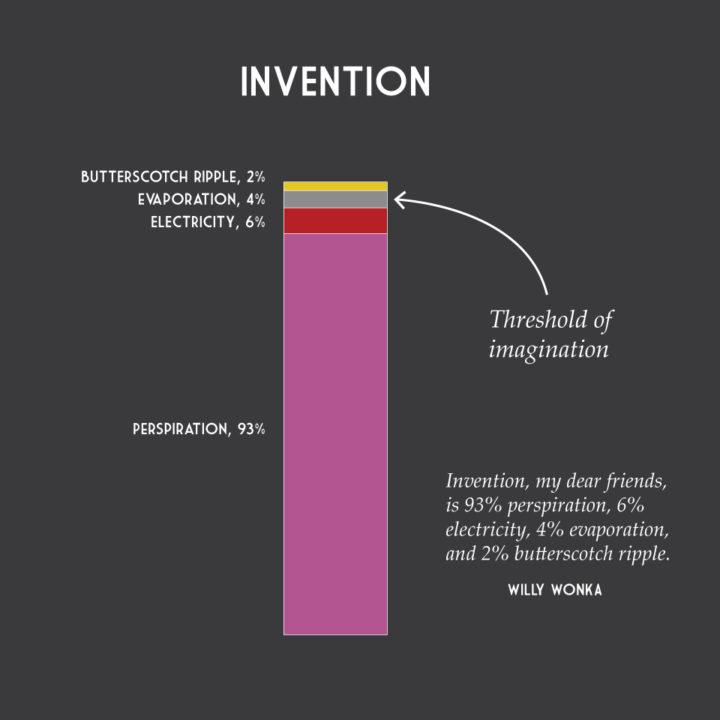
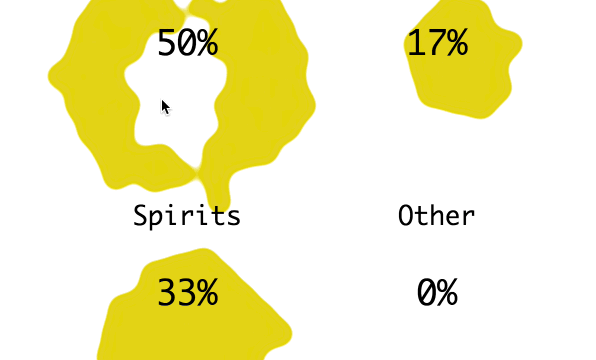
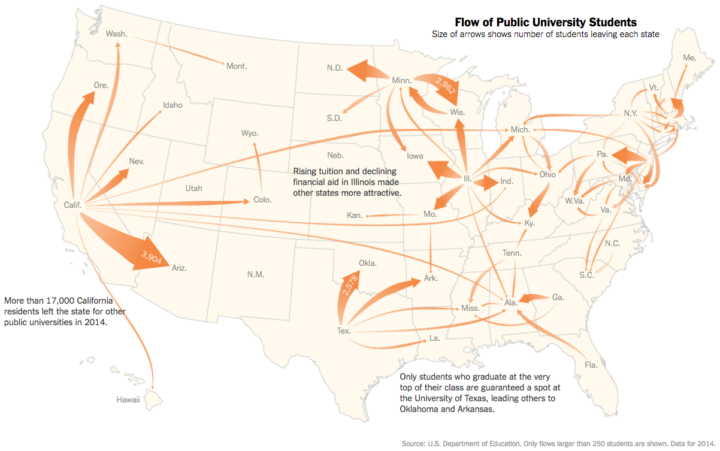
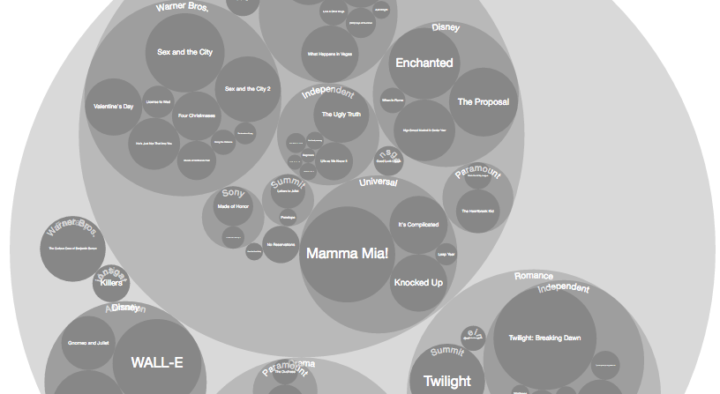
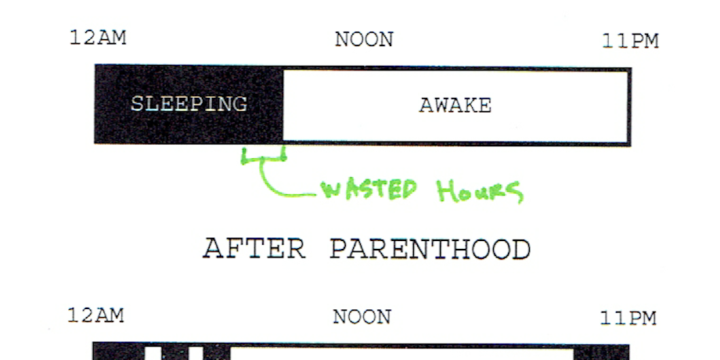
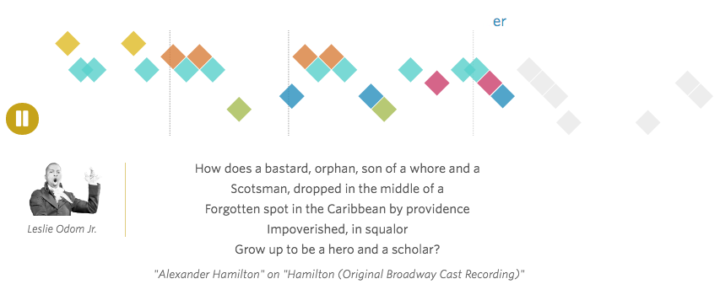

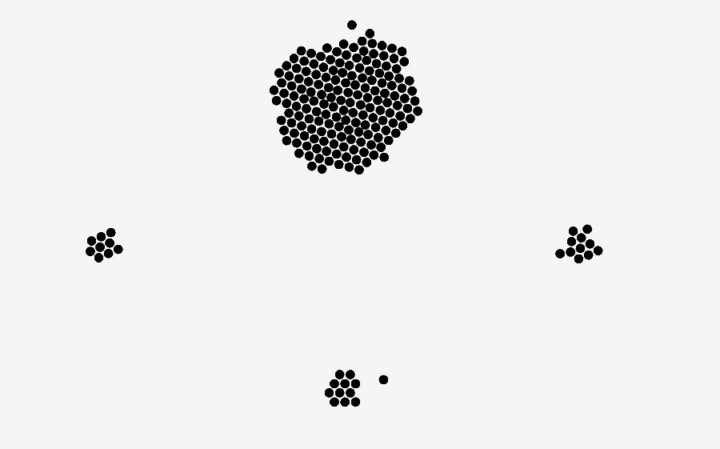
 Visualize This: The FlowingData Guide to Design, Visualization, and Statistics (2nd Edition)
Visualize This: The FlowingData Guide to Design, Visualization, and Statistics (2nd Edition)




